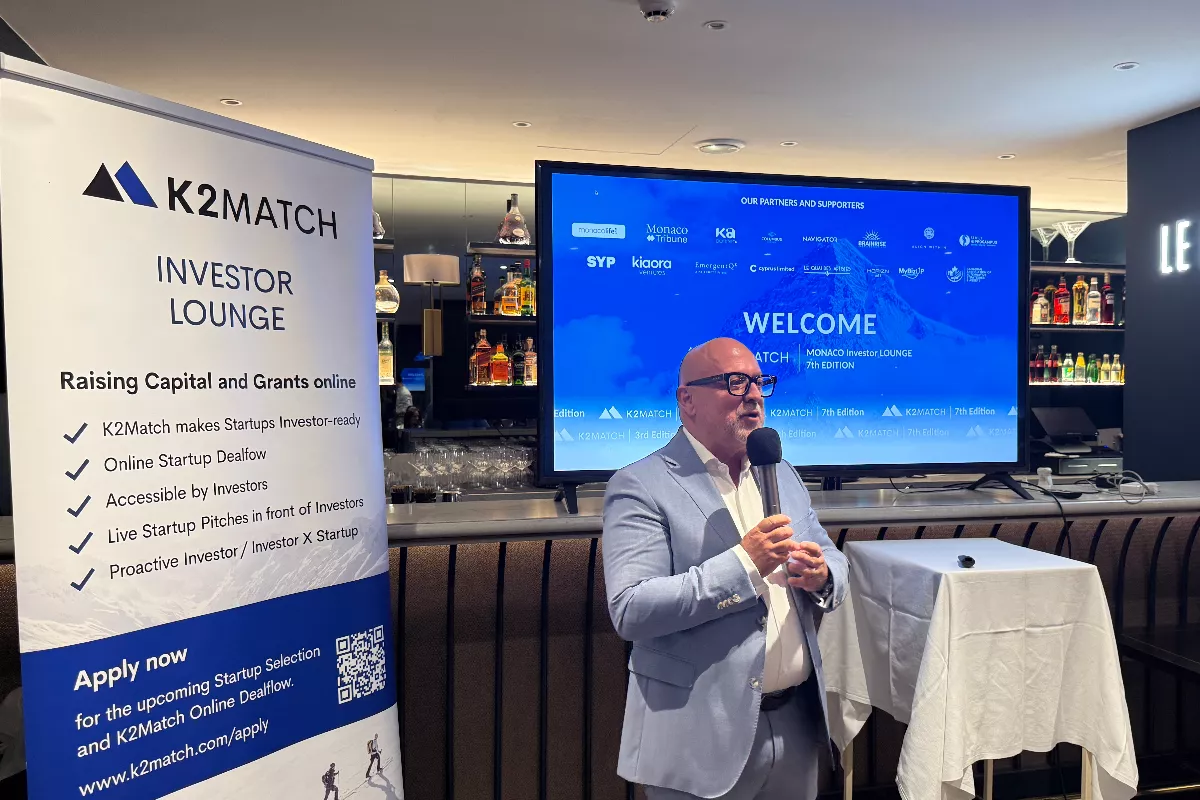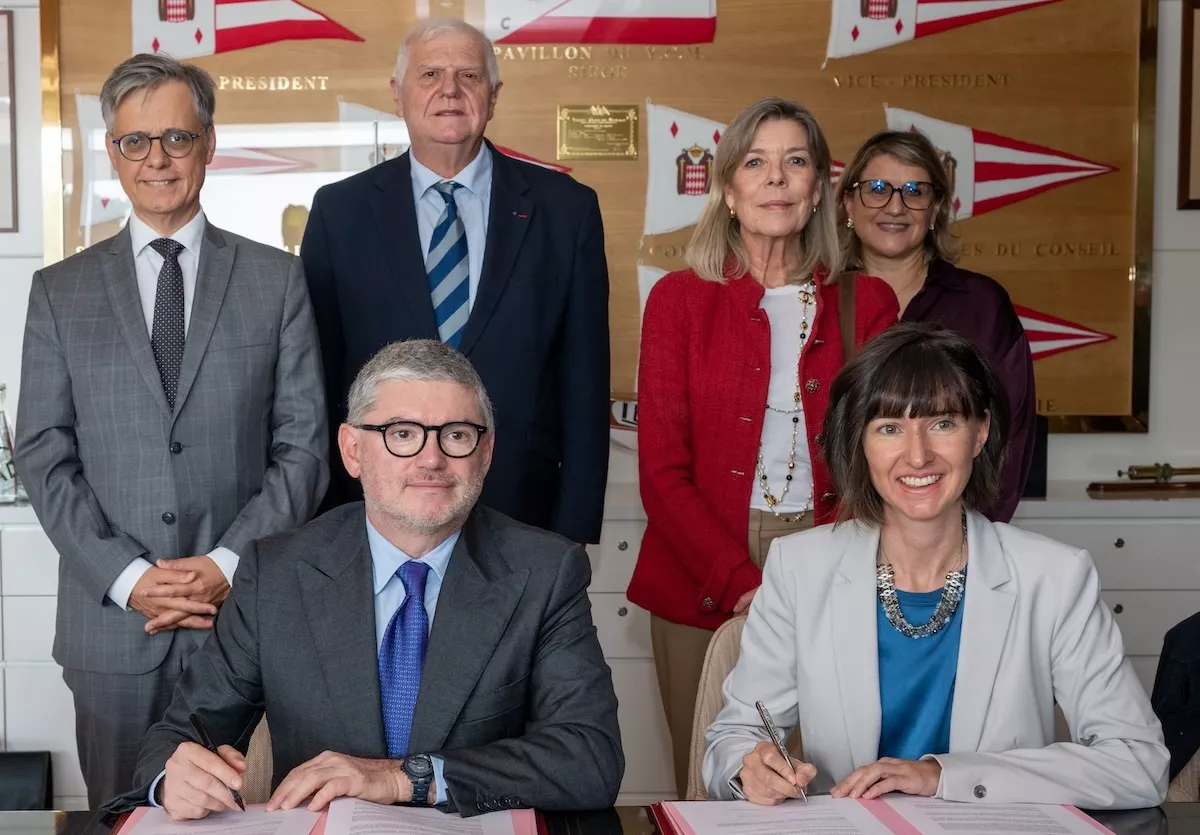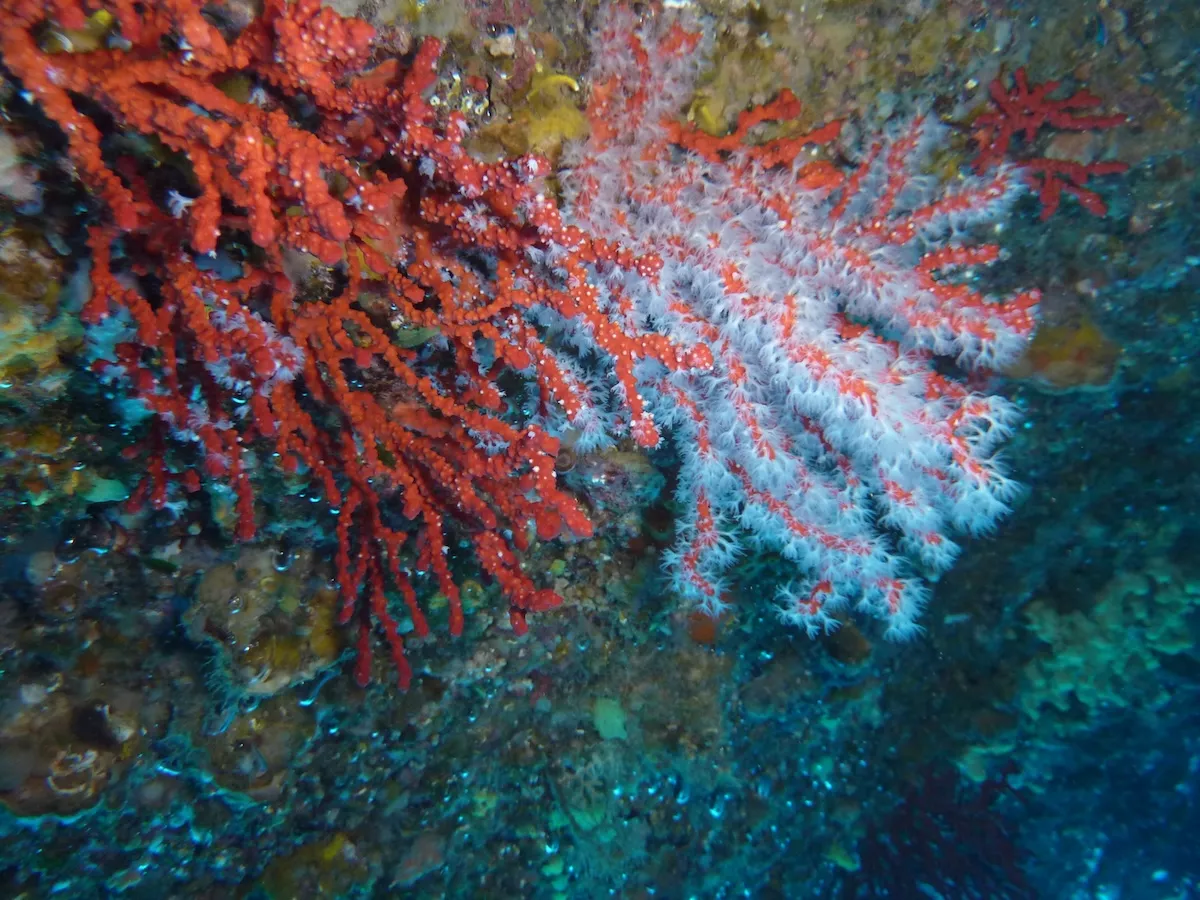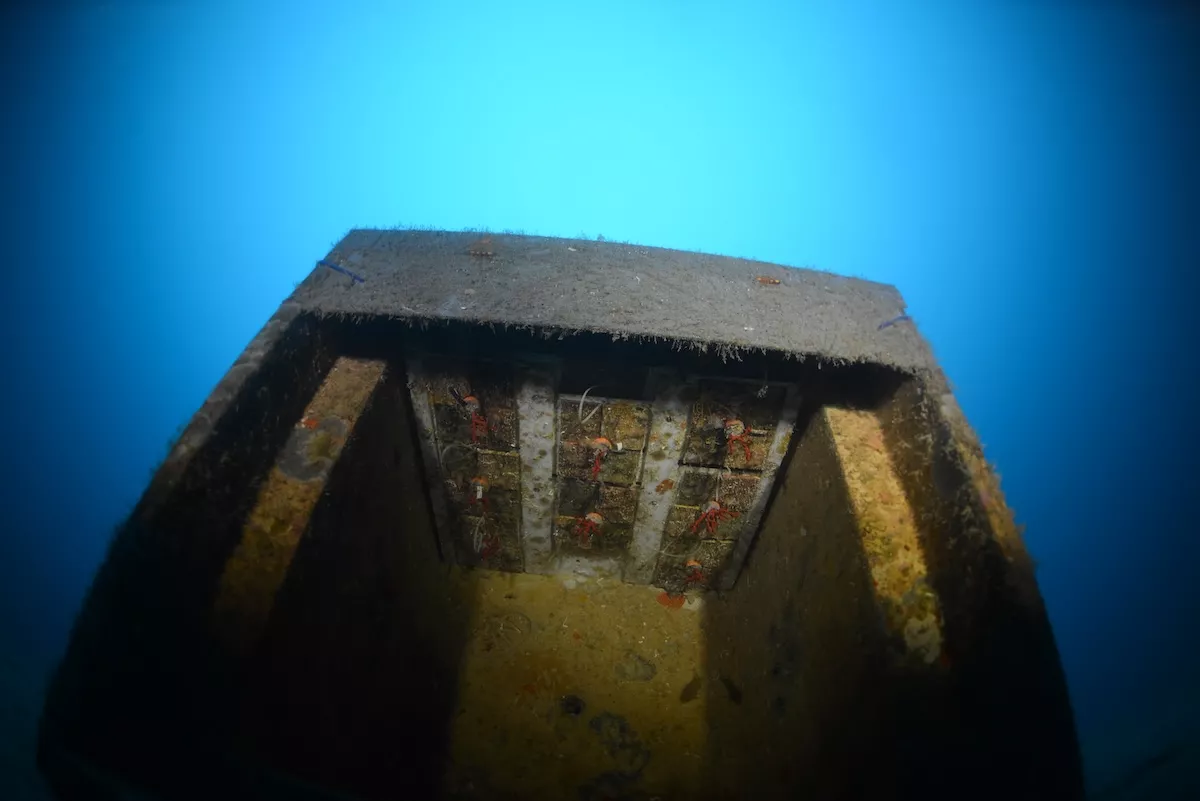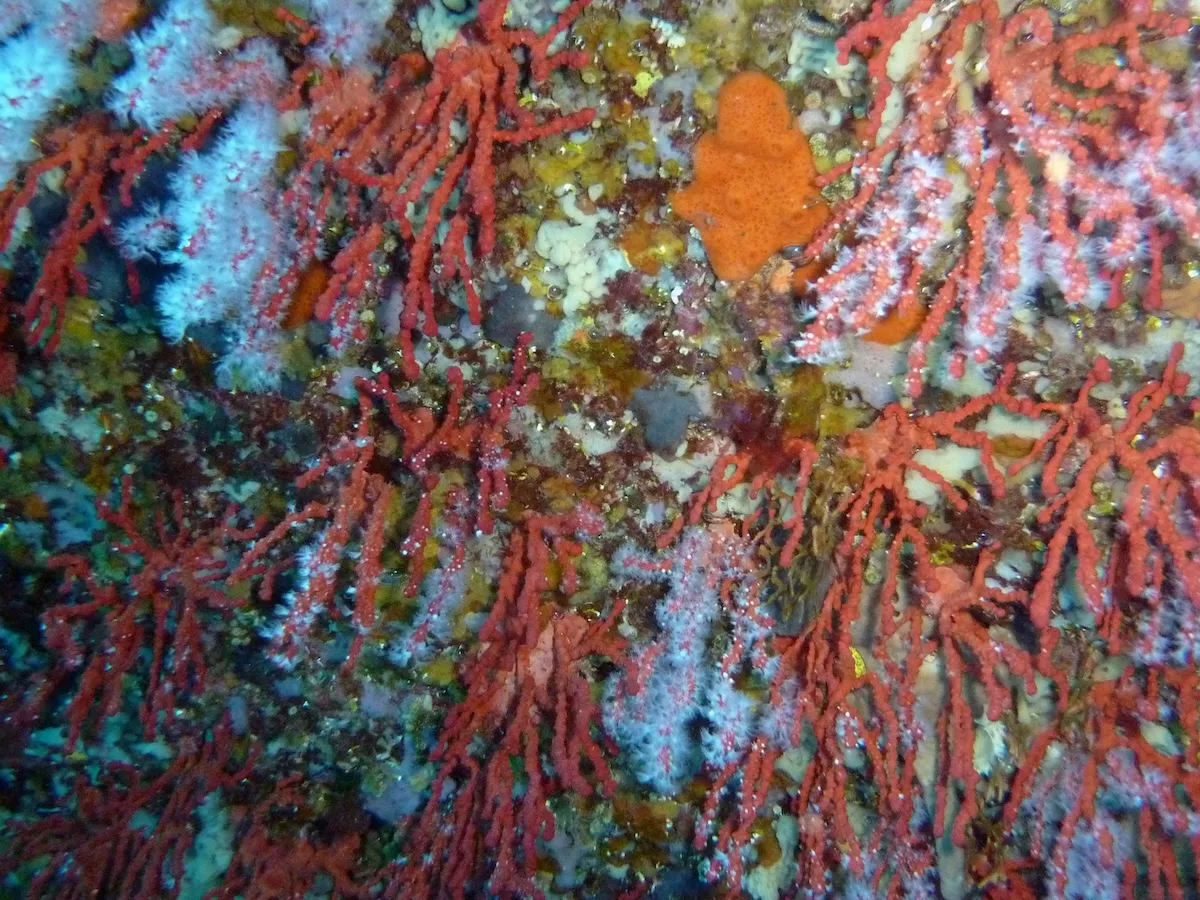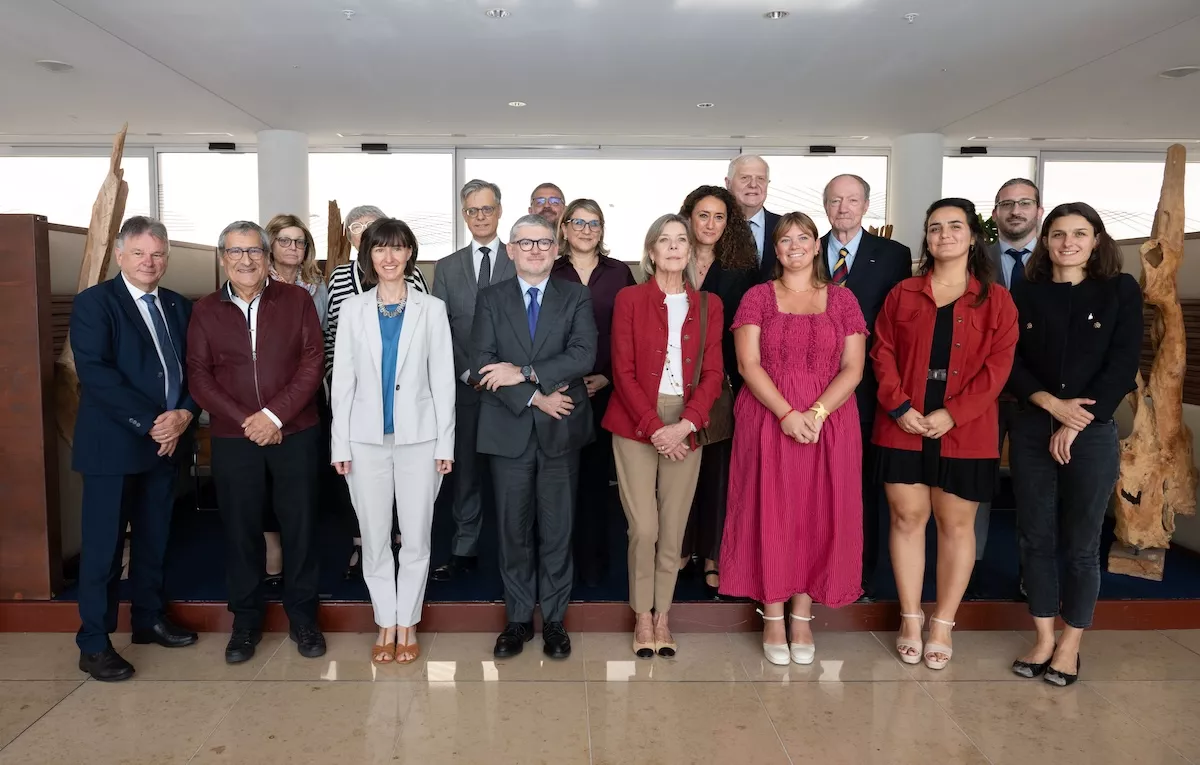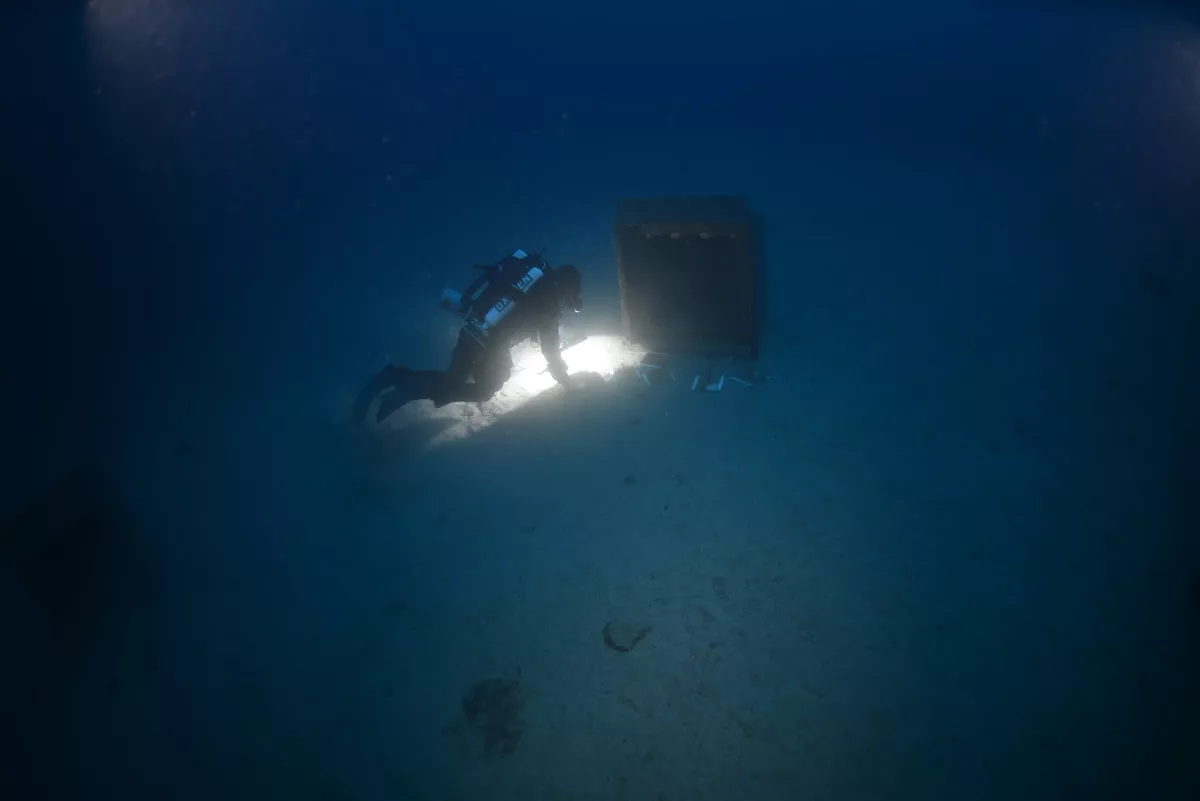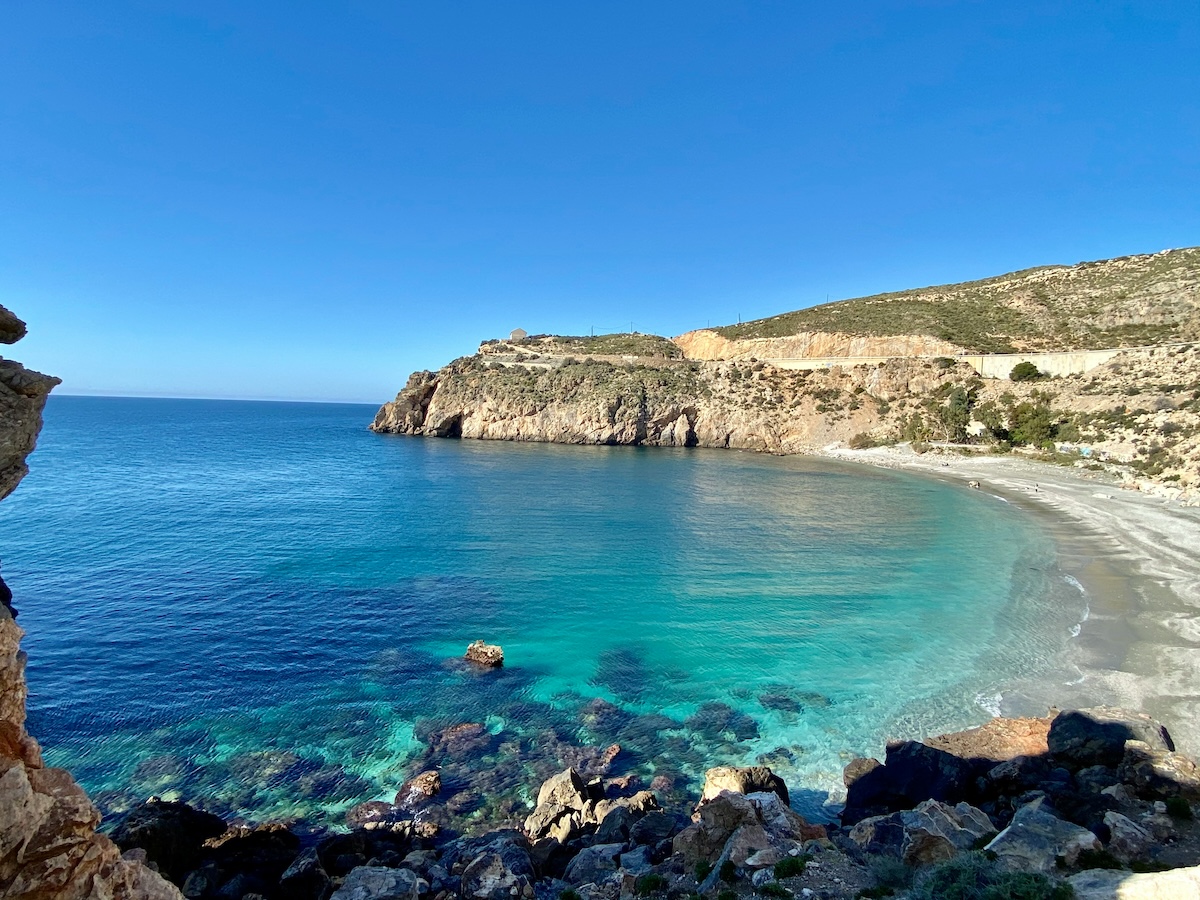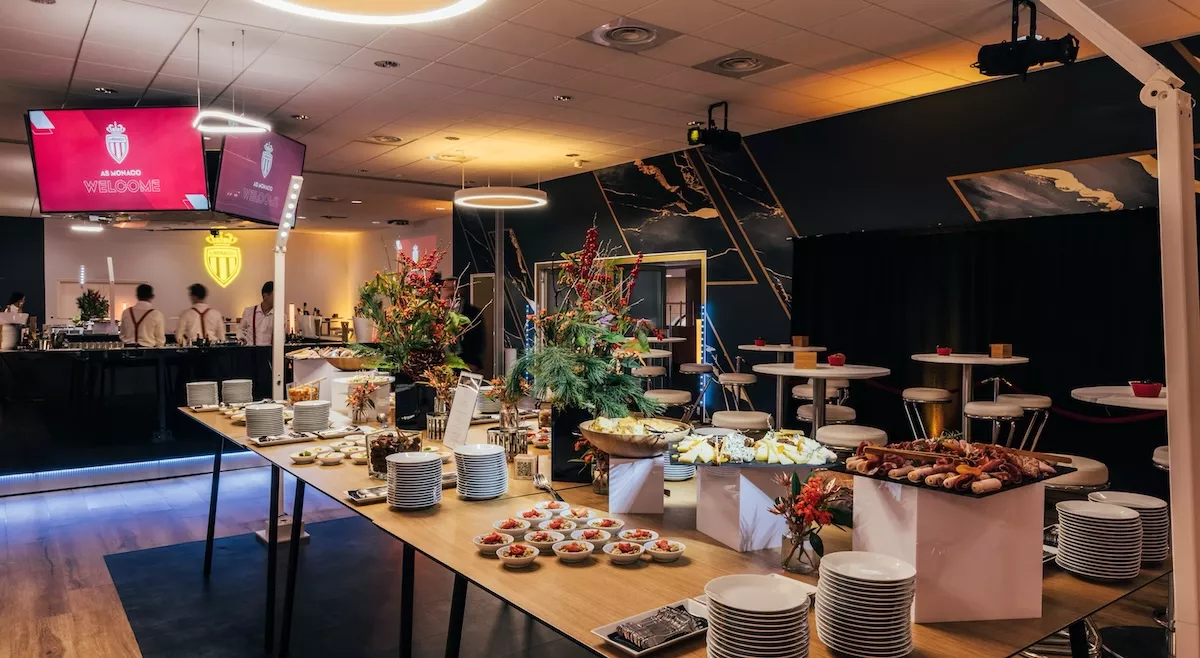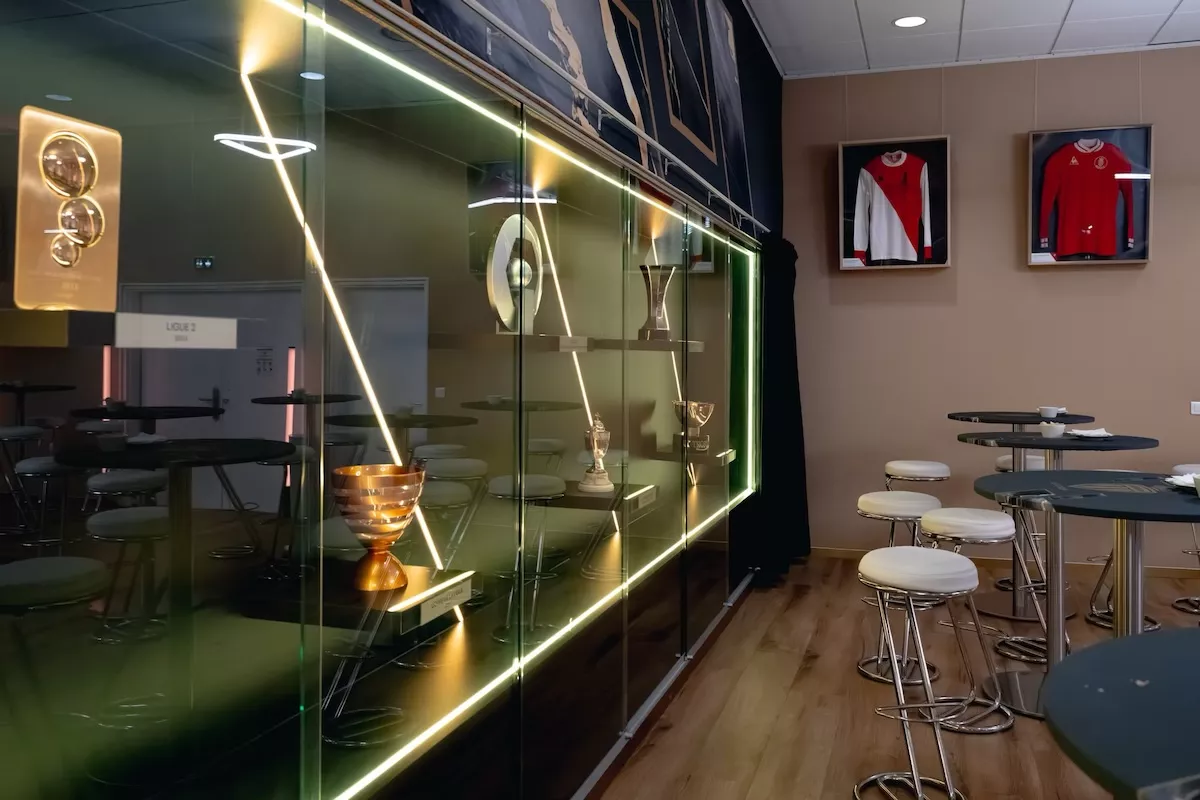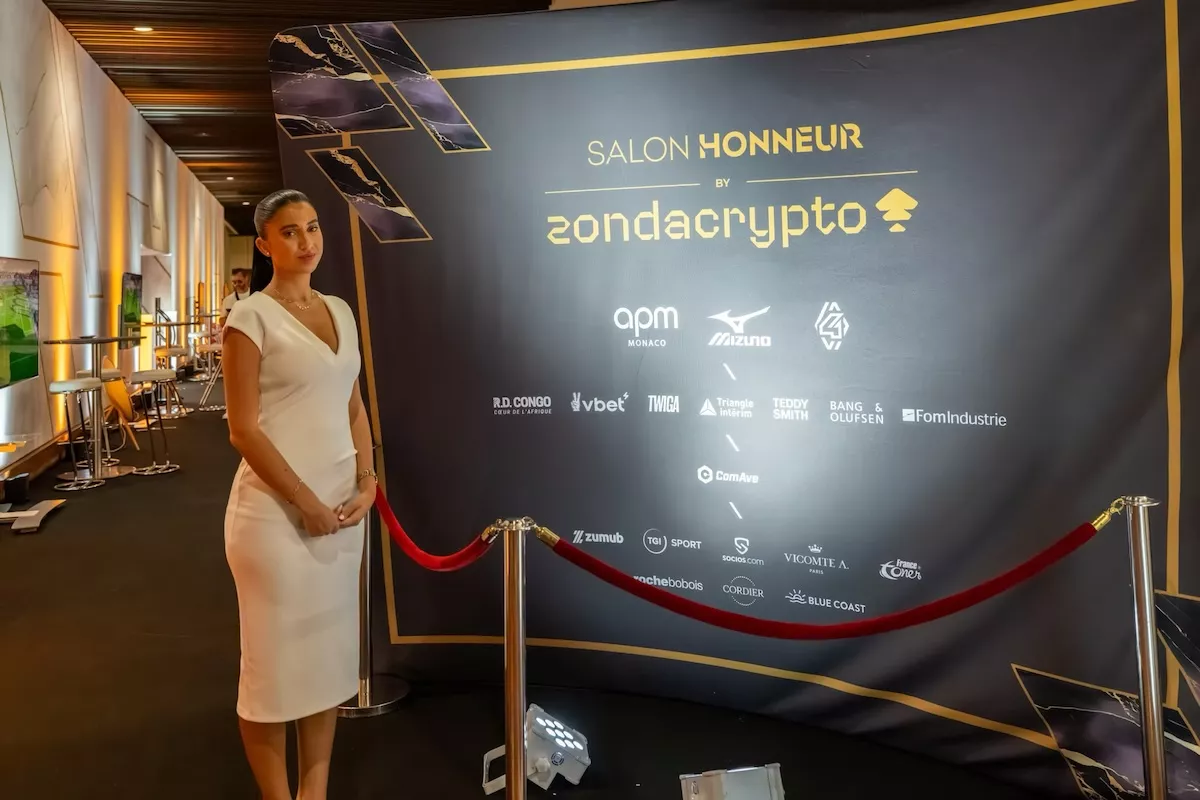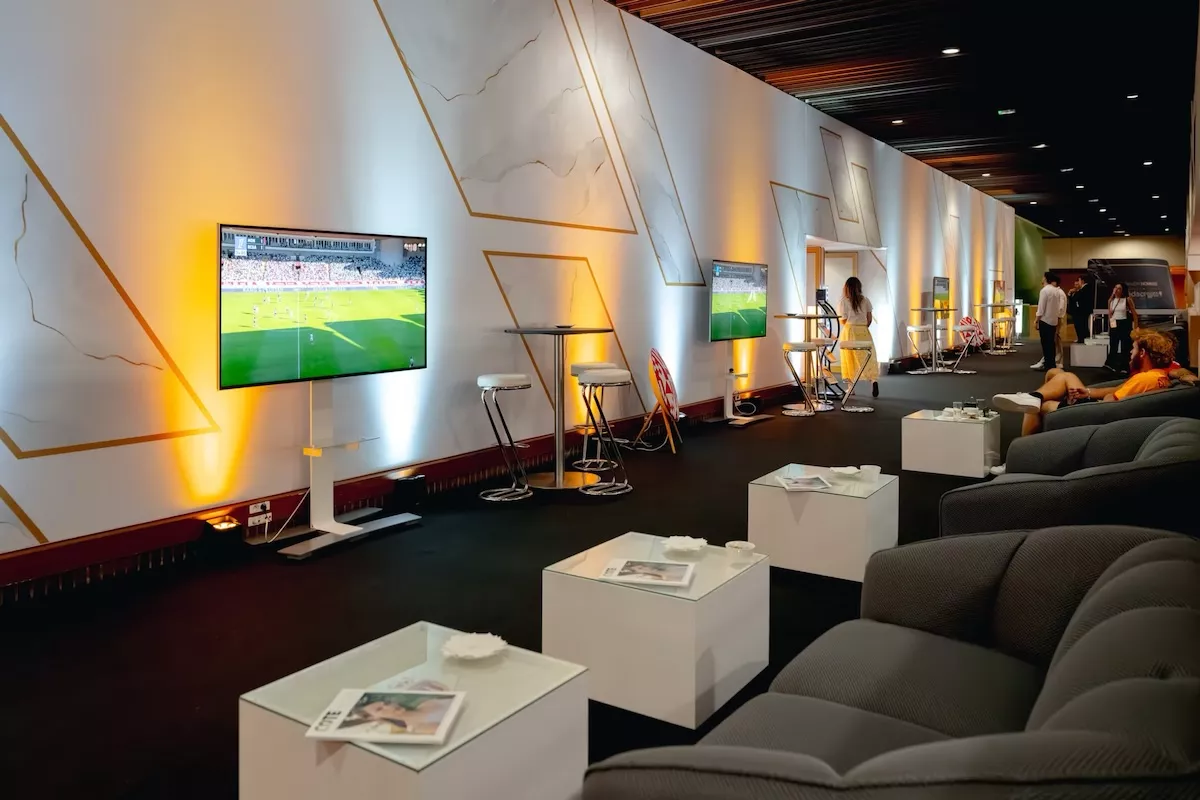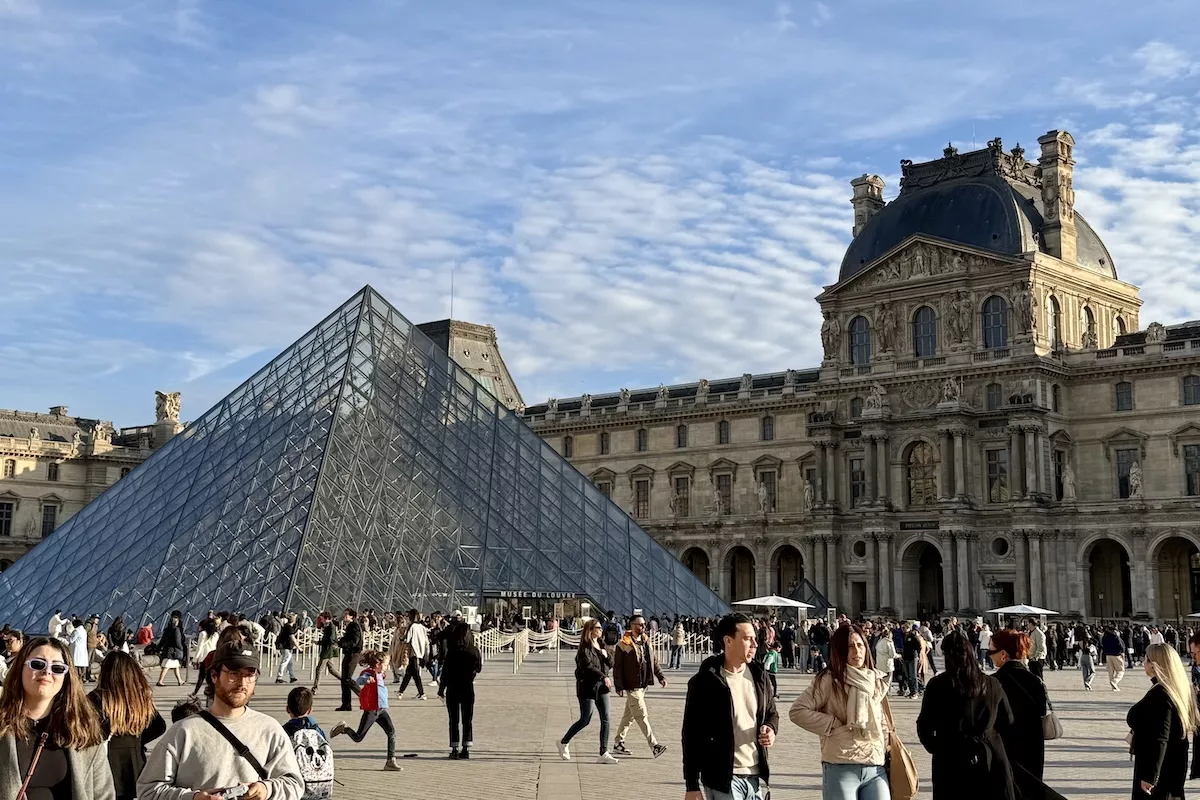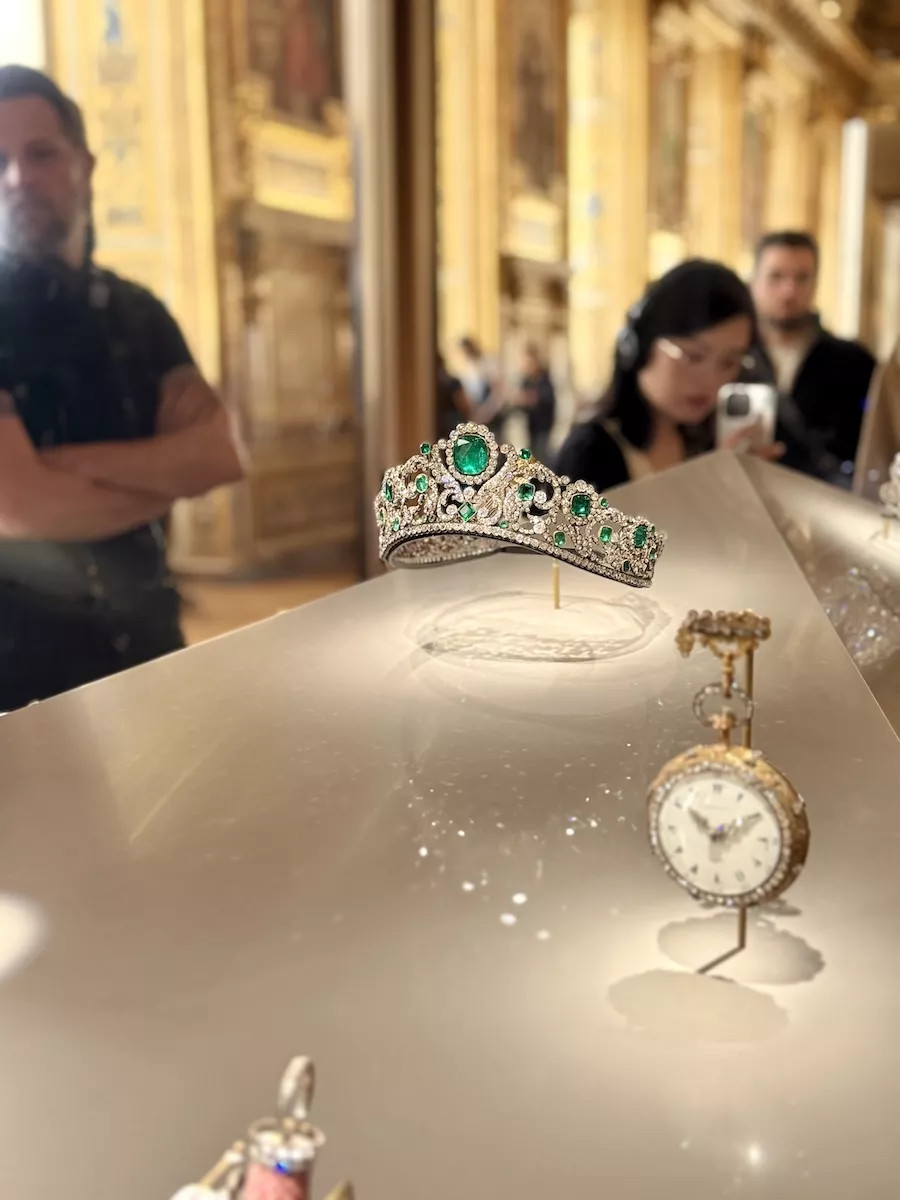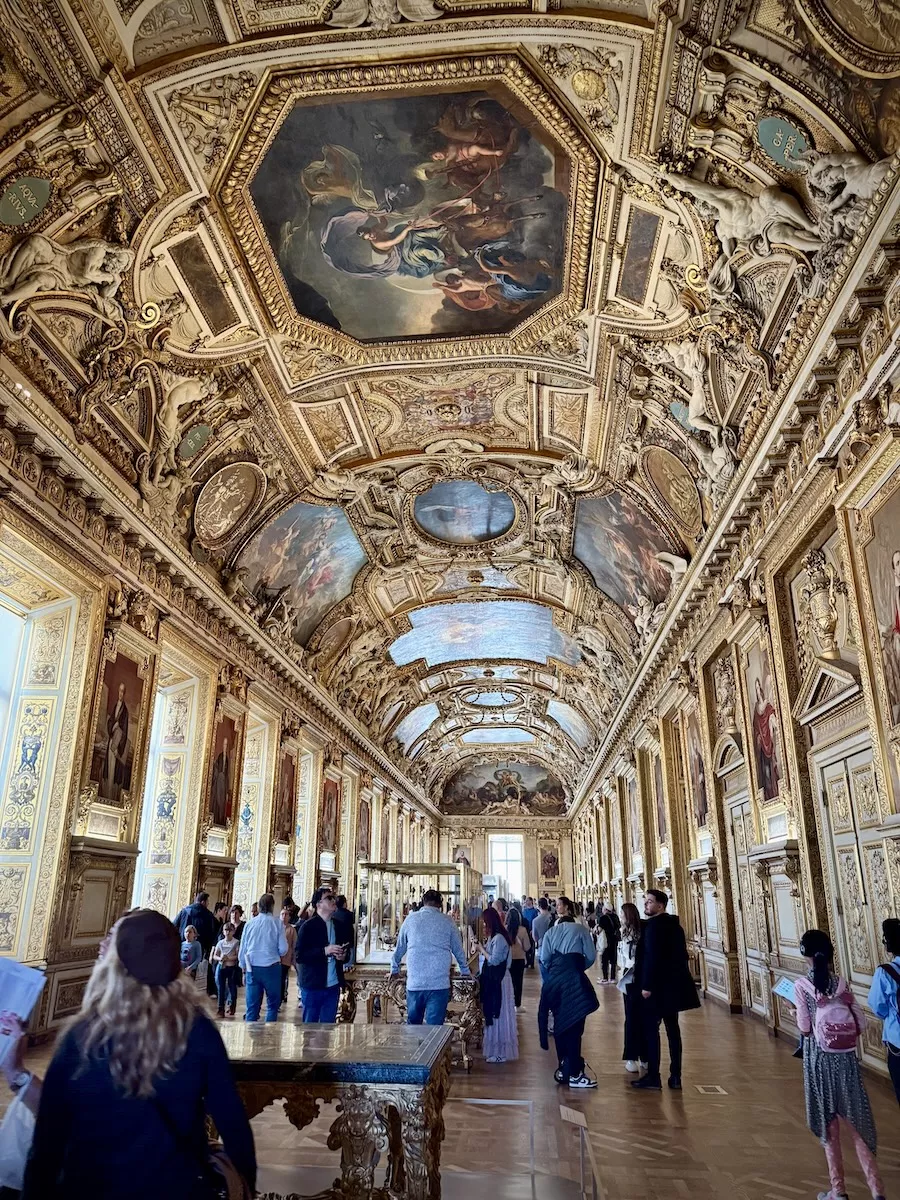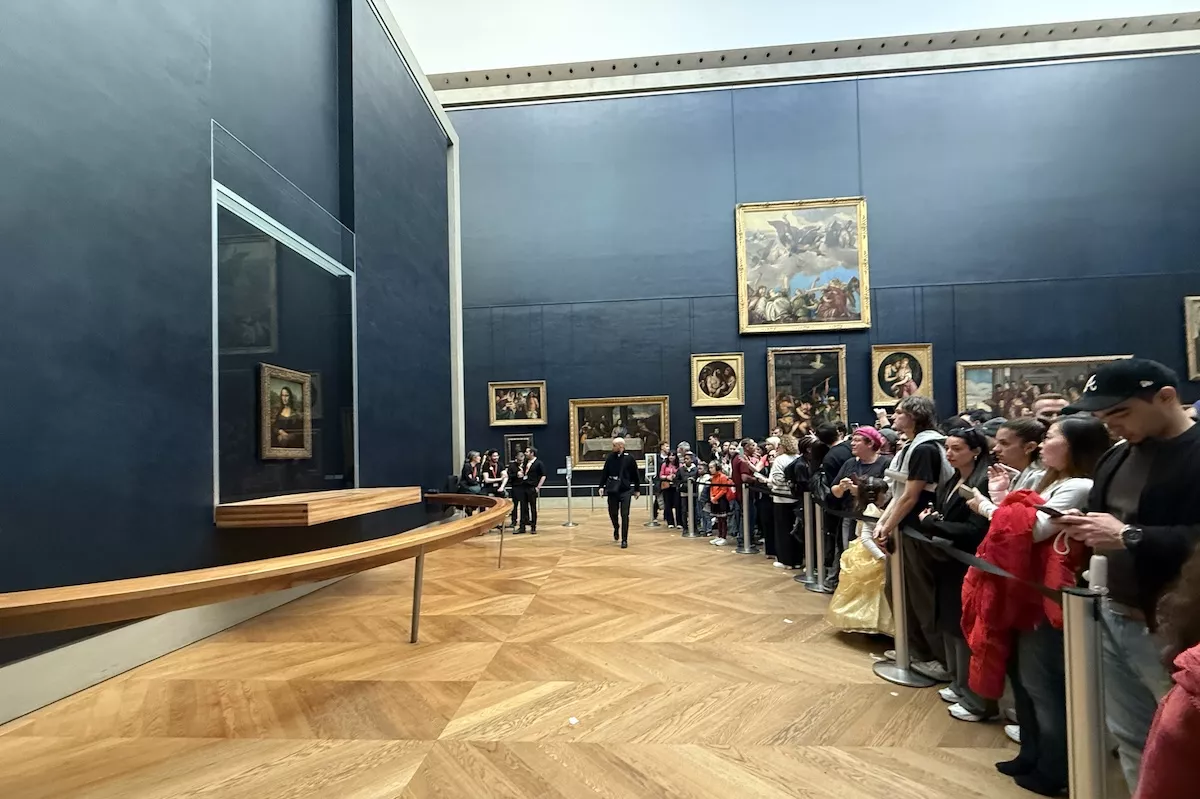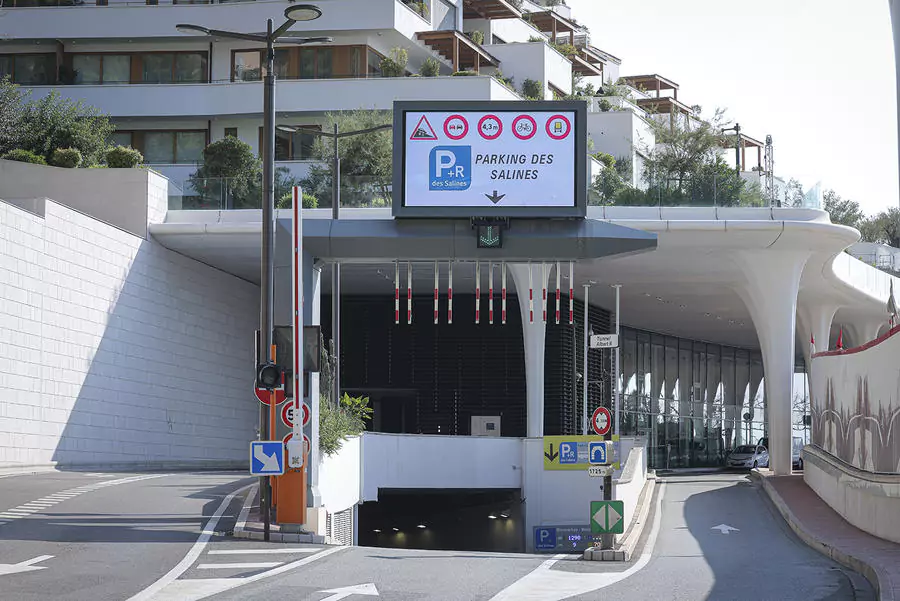The K2Match Investor Lounge returned once again to Monaco for its 7th edition on October 16th, bringing together a fresh lineup of innovative startups and international investors at the Columbus Monte-Carlo hotel.
The evening followed the familiar format of champagne networking before founders presented their ventures to investors from Europe, the US, and Asia, seeking funding to scale their operations.
Among the notable presentation’s was Mark Graham’s. Graham is the founder of Spark Education AI, a reading comprehension app designed to address the global literacy crisis affecting students aged six to 14.
The platform allows students to create personalised texts based on their own interests, matched to their reading age. “Whether they want to go to the moon with Neil Armstrong or win the World Cup with Messi, they get to create the story and live the dream,” Graham explained to Monaco Life.
Beyond text generation, Spark includes curriculum-aligned assessments, instant comprehension feedback, and teacher data analytics, all with gamification features to encourage regular use. Priced at £9 per student per year, the app incorporates the NGRT assessment, the world’s most widely used literacy test. Schools currently pay around £25 annually to administer this assessment, making Spark’s daily intervention tool less than half the price.
Graham revealed that the startup has signed a distribution deal with YPO, the UK’s largest educational supplier, giving them access to over 20,000 schools. “For us, it’s about acceleration,” he said. “We’re currently running on a no-code build, but we want to move to a full code build. We know we’re already about 12 months ahead of the competition, so we want to maintain that momentum.”
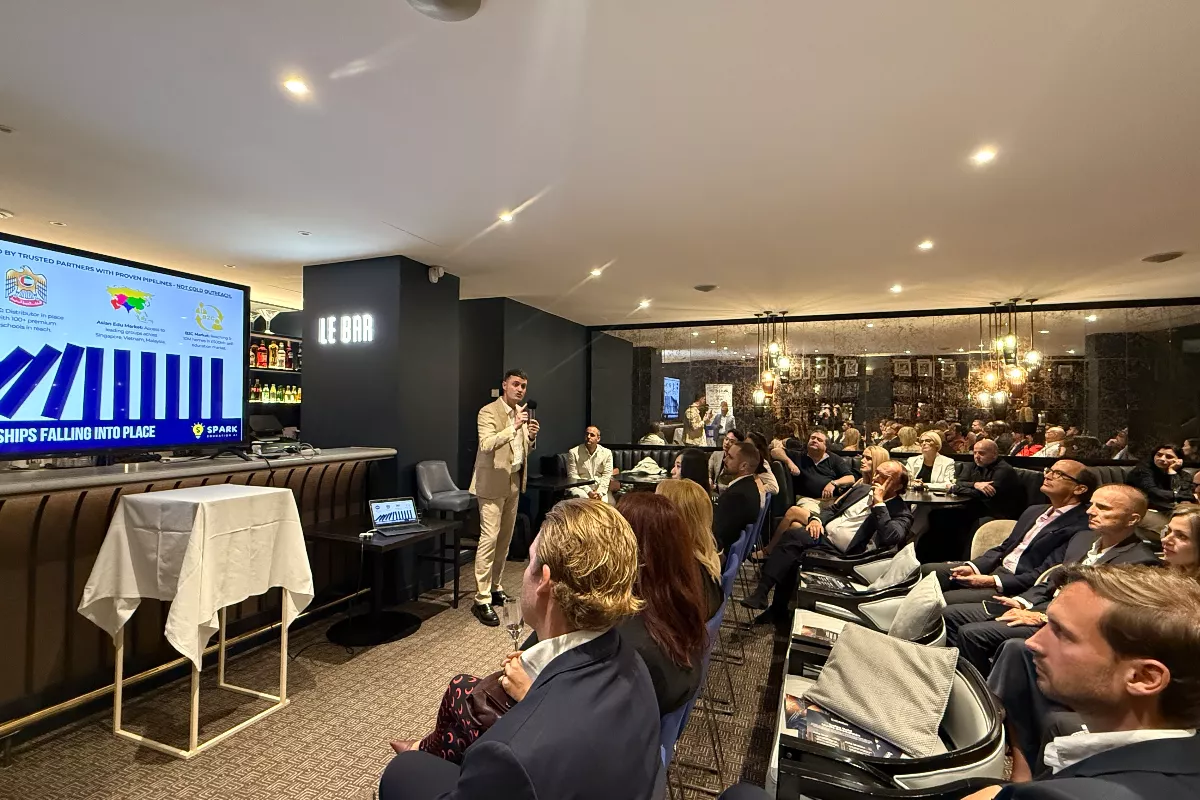
Harnessing high-altitude winds
EnerKite CEO Florian Breipohl also pitched his company’s airborne wind energy system, which uses kites to reach high-altitude winds and generate power on the ground.
The German company’s technology targets medium-sized businesses and small farms with decentralised wind energy solutions. Unlike conventional wind turbines that requite substantial tower structures. EnerKite’s system uses a ground station with drums and generators, with kites flying in figure eight patterns at heights up to 200 metres.
“We’re always operational,” Breipohl explained. “Our unique launch system allows us to launch the kit even when there’s no wind on the ground. At 200 metres, a soft breeze is enough to start power production.”
The system claims to deliver twice the annual yield of conventional wind turbines of the same rated power while using 90% less steel and concrete. EnerKite estimates their technology can operate economically on around 80% of the world’s land area, compared to just 25% for traditional wind turbines.
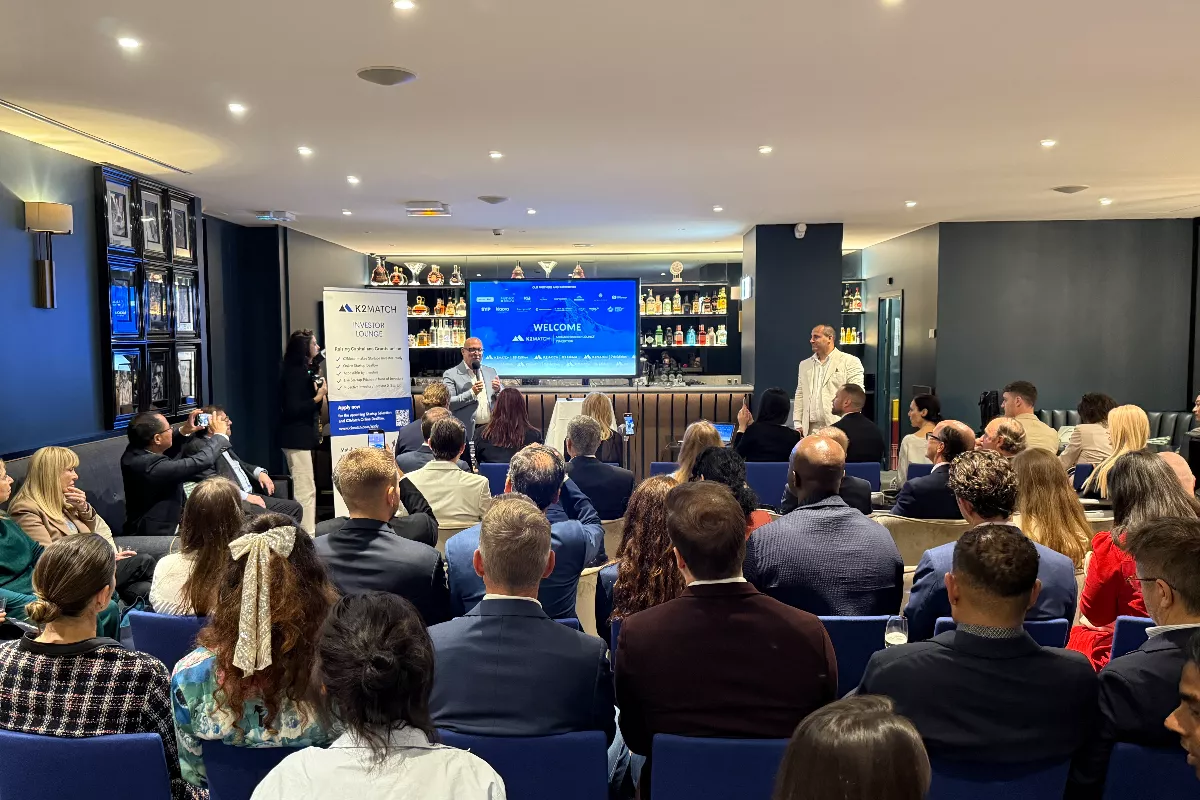
Democratic gold investment through blockchain
Fabiano de Marco, founder of Excelior, presented his Swiss company’s blockchain-based gold investment platform, designed to make gold ownership accessible to everyone.
“We’ve tokenised gold, a physical asset that has existed for 6,000 years, and brought it to the next level in blockchain,” de Marco said. “In a moment when they are geopolitical problems, gold represents that lifeline to hold onto in times of difficulty.”
Excelior’s plans start from €100 per month, allowing investors to purchase grams of Swiss-refined gold stored in Switzerland through small, regular contributions. The platform accepts both traditional currency and cryptocurrency payments.
“The little added to the little over time becomes a lot,” de Marco explained. “Anyone with any capital can protect themselves by buying gold.”
Other notable presentations included a Korean delegation led by Taejun (Dylan) Kim from Raven Materials, showcasing the world’s first commercial-grade black TiO2 for applications in displays, defense, and solar cells. Kim was joined by Beamy Shin from DeepTech accelerator SYP, Julie Youngju Choi from Kiaora Ventures, and Freya Choi, Partner at K2MATCH Asia.
The October event maintained K2Match’s focus on founder phycology and mental readiness, themes highlighted in previous editions. The platform continues to connect its network of over 1,500 curated startups with more than 450 investors globally, facilitating funding from €50,000 to several million across all stages.
As the evening closed with networking over finger food and an open bar, startups and investors continued discussions that could shape the next phase of growth for these emerging companies.
Stay updated with Monaco Life: sign up for our free newsletter, catch our podcast on Spotify, and follow us across Facebook, Instagram, LinkedIn, and Tik Tok.
Main photo of Badr Moudden, Ceo & Co-Founder of K2Match, credit: Monaco Life.
